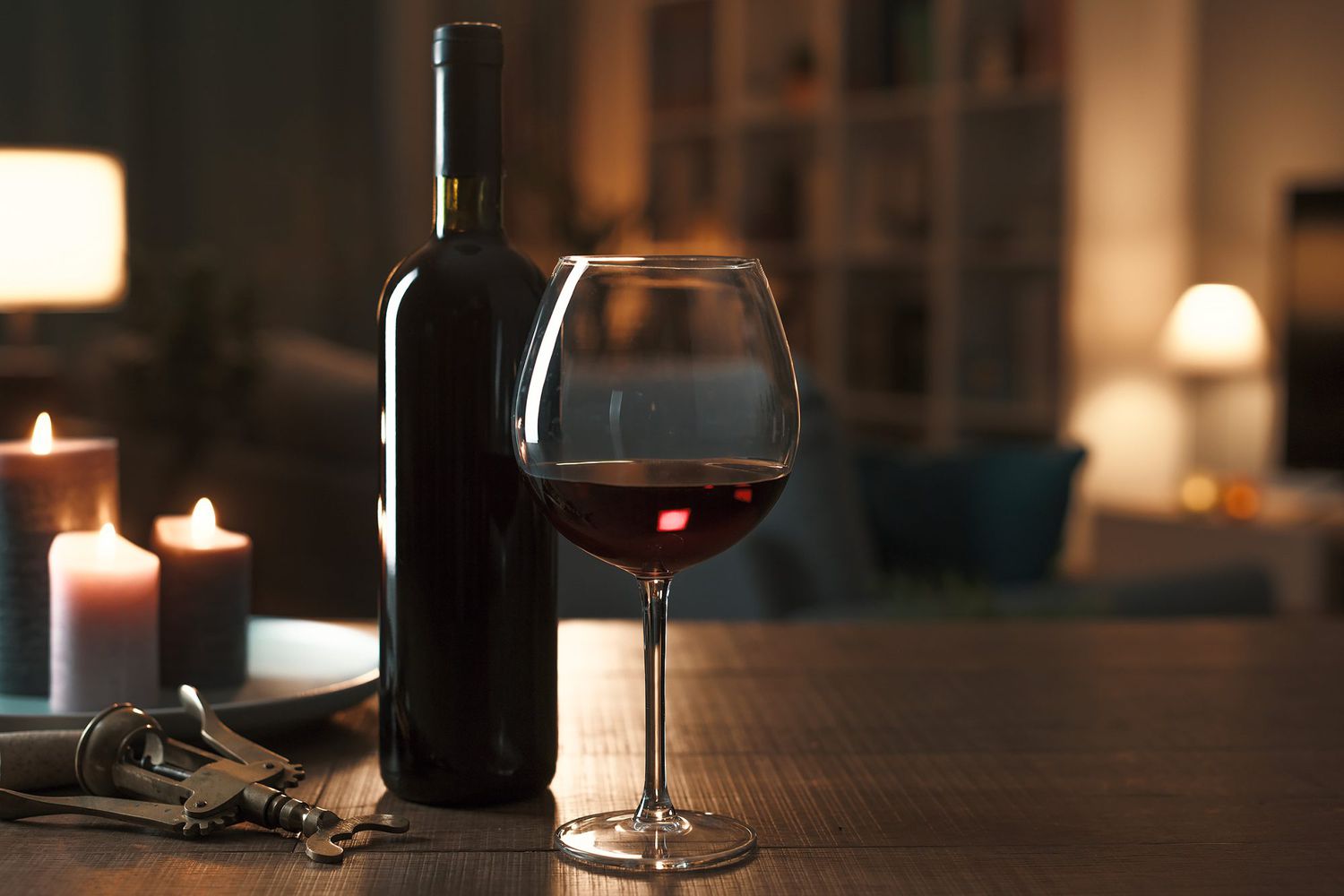

Articles
How To Store Pinot Noir
Modified: January 18, 2024
Discover expert articles on how to store Pinot Noir and maintain its optimal flavor. Learn the best practices for storing this delicate red wine to ensure a delightful tasting experience.
(Many of the links in this article redirect to a specific reviewed product. Your purchase of these products through affiliate links helps to generate commission for Storables.com, at no extra cost. Learn more)
Introduction
Welcome to a guide on how to store Pinot Noir, one of the most beloved and highly sought-after wine varieties in the world. Pinot Noir is known for its delicate flavors, aromatic qualities, and ability to reflect the terroir in which it is grown. Whether you are a wine enthusiast or a collector, proper storage is essential to preserve the quality and aging potential of Pinot Noir.
Pinot Noir is a notoriously sensitive wine grape, requiring specific conditions to maintain its delicate characteristics. This includes temperature control, humidity control, and protection from light exposure. In this article, we will explore the factors to consider when storing Pinot Noir and the various storage options available, including cellar storage, wine refrigerators, and wine cabinets.
By following the guidelines outlined in this article, you can ensure that your Pinot Noir reaches its full potential, allowing you to savor its complex flavors and aromas for years to come.
Key Takeaways:
- Proper storage of Pinot Noir involves maintaining a cool, consistent temperature, humidity levels between 50% and 80%, and protection from light exposure to preserve its delicate flavors and aromas.
- Options such as cellar storage, wine refrigerators, and wine cabinets offer different advantages based on collection size and space, providing the ideal environment for long-term aging and preservation of Pinot Noir.
Read more: How To Store Pinot Noir After Opening
Understanding Pinot Noir
Before we delve into the storage of Pinot Noir, it is important to understand the characteristics of this exquisite wine variety. Pinot Noir is renowned for its light to medium body, delicate tannins, and vibrant acidity. The flavor profile often includes notes of red berries, cherry, earthiness, and subtle floral nuances.
Pinot Noir grapes are thin-skinned and prone to damage, making them particularly sensitive to external factors. This sensitivity is what contributes to the finesse and complexity of the wine but also means that proper storage is crucial to preserve its integrity.
Pinot Noir is best enjoyed when it has had time to age and develop. It is a wine that evolves and matures beautifully over the years, gaining layers of complexity and nuance. This aging process can only be achieved if the wine is stored under optimal conditions and protected from unfavorable environmental factors.
To ensure the longevity and quality of your Pinot Noir, let’s explore the factors you need to consider when storing it.
Factors to Consider
When it comes to storing Pinot Noir, there are several crucial factors to take into account to maintain its quality and flavor profile. These factors include temperature control, humidity control, and protection from light exposure.
Temperature Control: Pinot Noir is a wine that is particularly sensitive to temperature fluctuations. It is best stored at a cool, consistent temperature, ideally between 50°F (10°C) and 55°F (12.8°C). Fluctuations in temperature can disrupt the aging process and negatively impact the wine’s flavor and structure. Avoid storing Pinot Noir in areas prone to extreme heat or cold, such as attics or basements with no temperature control.
Humidity Control: Maintaining the right level of humidity is essential for preserving the integrity of the cork and preventing it from drying out or becoming moldy. The humidity level should ideally be between 50% and 80%. Too low humidity can cause the cork to shrink, allowing air to enter the bottle and spoil the wine. On the other hand, excessive humidity can lead to mold and label damage. Use a hygrometer to monitor and maintain the appropriate humidity level.
Light Exposure: Pinot Noir is also highly susceptible to light damage, particularly UV rays. Exposure to direct sunlight or even artificial light sources can lead to premature aging and degradation of the wine’s flavors and aromas. Store your Pinot Noir in a dark area, away from windows or bright lighting. If you have a wine cabinet or cellar, make sure it has UV-resistant glass or solid doors to provide maximum protection.
In addition to these factors, it is important to avoid storing Pinot Noir in proximity to strong odors or vibrations, as they can negatively impact the wine’s quality.
By paying attention to temperature, humidity, and light exposure, you can create an ideal storage environment for your Pinot Noir. In the next sections, we will explore various storage options that can help you achieve these conditions.
Temperature Control
Temperature control is one of the most important factors when it comes to storing Pinot Noir. Fluctuations in temperature can have a detrimental impact on the wine, affecting its flavor, aroma, and overall quality. To ensure optimal storage conditions, follow these guidelines:
- Consistent Temperature: Pinot Noir is best stored at a consistent temperature, ideally between 50°F (10°C) and 55°F (12.8°C). Avoid storing the wine in areas that experience extreme temperature fluctuations, such as garages or near heating/cooling vents. Sudden changes in temperature can cause the wine to expand and contract, potentially damaging the cork and leading to oxidation.
- Avoid High Temperatures: High temperatures can accelerate the aging process of Pinot Noir and cause it to deteriorate rapidly. Avoid storing the wine in areas that exceed 70°F (21°C), as this can lead to overly ripe flavors, loss of acidity, and a flat taste.
- Cool Environment: Find a cool area in your home or invest in a dedicated wine storage solution that provides a stable and cool temperature. A basement or a dedicated wine cellar are excellent options as they naturally maintain a cooler temperature. If you don’t have access to a cellar, consider placing your wine in a dark closet or a cool corner of a room away from direct sunlight.
- Avoid Freezing Temperatures: Freezing temperatures can permanently damage Pinot Noir. If the wine freezes, the expansion of liquid inside the bottle can push out the cork or even cause the bottle to crack. It is crucial to keep your Pinot Noir above freezing temperatures at all times.
By maintaining a consistent and cool temperature for your Pinot Noir, you can ensure that it ages gracefully and maintains its delicate flavors and aromas. Now, let’s explore the importance of humidity control in storing Pinot Noir.
Humidity Control
In addition to temperature control, maintaining the right level of humidity is crucial for storing Pinot Noir. Proper humidity levels help preserve the integrity of the cork, prevent it from drying out or becoming moldy, and ensure the wine ages gracefully. Follow these guidelines to ensure proper humidity control:
- Optimal Humidity Range: The ideal humidity range for storing Pinot Noir is between 50% and 80%. This range helps keep the cork moist without promoting mold growth. However, it’s important to note that a slightly lower or higher humidity level won’t necessarily ruin the wine’s quality, but it’s best to aim for the recommended range.
- Monitoring Humidity: Use a hygrometer to measure the humidity in your storage area or wine cabinet. This device will provide accurate readings of the humidity level, allowing you to make necessary adjustments to maintain optimal conditions.
- Humidity Maintenance: If the humidity level is too low, you can increase it by placing a bowl of water or a damp cloth in the storage area. This will help add moisture to the air. On the other hand, if the humidity level is too high, you can use silica gel packs or a dehumidifier to absorb excess moisture and maintain the recommended range.
- Proper Air Circulation: Good air circulation is essential to prevent the build-up of stagnant air and potential mold growth. Make sure there is adequate ventilation in your storage area or utilize fans to ensure proper airflow around the bottles.
By maintaining the appropriate humidity level, you can protect the cork and ensure that it remains snug against the bottle, preventing air from entering and causing oxidation. Proper humidity control complements temperature control, allowing your Pinot Noir to age gracefully and retain its distinct characteristics.
Next, let’s discuss the importance of protecting your Pinot Noir from light exposure.
Read more: How Many Calories Is A Glass Of Pinot Noir
Light Exposure
Protecting your Pinot Noir from light exposure is crucial to preserving its flavors, aromas, and overall quality. Light, especially UV rays, can cause detrimental effects on the wine, leading to oxidation and premature aging. Follow these guidelines to safeguard your Pinot Noir from light exposure:
- Store in a Dark Area: Choose a storage location away from direct sunlight or bright artificial lighting. Sunlight, in particular, contains UV rays that can break down the wine’s compounds and accelerate oxidation. Consider storing your Pinot Noir in a dark, cool corner of your home, or invest in a wine refrigerator or cellar with solid or UV-resistant glass doors.
- Shield the Bottles: If your storage area or wine cabinet has transparent glass doors, cover the bottles with fabric or specialized wine bottle sleeves to provide an additional layer of protection from light. This will help minimize exposure to UV rays and reduce the risk of light-induced damage.
- Avoid Fluorescent Lighting: If you have to store your Pinot Noir in an area with lighting, opt for incandescent or LED lights instead of fluorescent lighting. Fluorescent lights emit higher levels of UV radiation, which can be harmful to the wine over time.
- Keep Bottles Upright: While storing wine bottles horizontally is typically recommended to keep the cork moist, for Pinot Noir, it is advisable to store the bottles upright to avoid any potential light exposure through the bottle’s neck or cork area. This will provide an extra layer of protection against light damage.
By minimizing light exposure, you can ensure that your Pinot Noir retains its freshness, vibrancy, and delicate flavors. Remember to keep your bottles in a dark and cool environment, shield them from direct sunlight, and avoid fluorescent lighting. Now that we have covered the important factors to consider in storing Pinot Noir, let’s explore the various storage options available to you.
Store Pinot Noir in a cool, dark place with a consistent temperature, ideally around 55°F. Keep the bottle on its side to keep the cork moist and prevent oxidation. Avoid storing it in a place with strong odors or vibrations.
Storage Options
When it comes to storing Pinot Noir, there are several storage options available to suit different preferences and space constraints. Let’s explore the most common options:
- Cellar Storage: A traditional wine cellar provides an ideal environment for storing Pinot Noir. Cellars are typically cool, dark, and have controlled humidity levels. If you have a basement, it can be converted into a wine cellar with proper insulation, temperature control, and humidity management. Cellar storage allows for a large capacity and is suitable for long-term aging.
- Wine Refrigerators: Wine refrigerators, also known as wine coolers or wine fridges, are specifically designed to store and preserve wine. These appliances come in various sizes and can be freestanding or built-in. Wine refrigerators offer temperature control and often include features such as humidity control, vibration reduction, and UV protection. They are an excellent option for those who want to store a smaller collection of Pinot Noir and have limited space.
- Wine Cabinets: Wine cabinets are another popular storage option for wine enthusiasts. These are standalone furniture pieces designed to store and showcase wine bottles. Wine cabinets often feature temperature and humidity control, as well as UV-resistant glass doors. They come in various sizes and designs to complement different décor styles. Wine cabinets are suitable for those who want to display their Pinot Noir collection while keeping it in optimal storage conditions.
- Rack Storage: If you have a small collection of Pinot Noir or limited space, a wine rack can be a practical storage solution. Wine racks are available in various materials and designs, from wooden racks to metal or acrylic options. Make sure to place your wine rack in a cool and dark part of your home to minimize temperature fluctuations and light exposure.
Consider your collection size, available space, and desired level of control when choosing a storage option for your Pinot Noir. Regardless of the option you choose, prioritize temperature control, humidity management, and protection from light exposure. Remember, the goal is to provide a stable and favorable environment for your Pinot Noir to age gracefully.
Now that we have explored the different storage options, let’s conclude our guide on how to store Pinot Noir.
Cellar Storage
Cellar storage is often considered the gold standard for storing and aging wine, including Pinot Noir. Building or converting a dedicated wine cellar provides an ideal environment for long-term storage and aging of your precious Pinot Noir collection. Here are some key considerations for cellar storage:
- Temperature Control: Cellars should maintain a cool, consistent temperature, ideally between 50°F (10°C) and 55°F (12.8°C). A wine cellar that is insulated and away from external temperature fluctuations is crucial to ensuring the wine ages properly. Consider installing a temperature control system to keep the cellar at an optimal temperature throughout the year.
- Humidity Control: Wine cellars should have an appropriate level of humidity, ideally between 50% and 80%. This range helps keep the cork moist and prevents it from drying out or becoming moldy. An ideal humidity range can be achieved by utilizing vapor barriers, moisture-resistant sealants, or a humidifier if necessary.
- Light Exposure: Keep your wine cellar dark or install UV-resistant lighting to minimize light exposure. Sunlight and artificial light can have detrimental effects on the wine, leading to premature aging and degradation of flavors and aromas. Solid or UV-resistant glass doors are also recommended for added protection against light exposure.
- Racking Systems: Invest in sturdy wine racks or storage shelves designed to hold wine bottles safely. Racks should be made from materials that do not release harmful chemicals or odors that could seep into the wine. Properly designed wine racks allow for easy access and organization of your Pinot Noir collection.
- Air Circulation: Proper air circulation is crucial to prevent stagnant air and mold growth. Make sure to have adequate ventilation in your cellar to allow for fresh air exchange. Fans or an air circulation system can also be beneficial in maintaining air flow and preventing musty odors.
A well-designed wine cellar provides the optimal conditions for long-term storage and aging of your Pinot Noir. It allows the wine to evolve, develop complexity, and reach its full potential over time. Consider consulting with a professional cellar builder or wine storage expert to ensure you create a cellar that meets all the necessary requirements for storing your Pinot Noir collection.
Now that we have explored cellar storage, let’s move on to other practical storage options for Pinot Noir.
Wine Refrigerators
If you have a smaller collection of Pinot Noir or limited space, a wine refrigerator, also known as a wine cooler or wine fridge, can be an excellent storage option. Wine refrigerators are designed specifically to provide the optimal conditions for storing and preserving wine. Here are some key points to consider when using a wine refrigerator:
- Temperature Control: Wine refrigerators offer precise temperature control, allowing you to set and maintain the ideal temperature for your Pinot Noir. You can typically adjust the temperature within a range of 45°F (7°C) to 65°F (18°C), depending on the model. Ensure that the temperature remains stable to prevent fluctuations that can negatively impact the wine.
- Capacity and Size: Wine refrigerators come in various sizes, ranging from small countertop units to larger free-standing or built-in models. Consider the size of your Pinot Noir collection and the available space in your home when choosing the capacity and dimensions of the wine refrigerator. Ensure that it can accommodate the number of bottles you plan to store.
- Vibration Reduction: Vibrations can disturb the sediment in the bottle and affect the aging process of the wine. Look for a wine refrigerator that includes a vibration reduction system or features such as shock-absorbing shelves to minimize vibrations. This ensures that your Pinot Noir remains undisturbed and can age properly.
- Humidity Control: Some wine refrigerators have a humidity control feature, allowing you to maintain a suitable humidity level within the unit. This helps prevent the corks from drying out or becoming moldy. However, be aware that not all wine refrigerators offer humidity control, so consider the specific needs of your Pinot Noir collection.
- UV Protection: Look for wine refrigerators that feature UV-resistant glass doors or solid doors to shield your Pinot Noir from harmful light exposure. UV rays can degrade the wine and lead to premature aging. Minimizing light exposure is crucial for preserving the wine’s quality and integrity.
Wine refrigerators offer convenience and the ability to have your Pinot Noir collection at your desired temperature, readily accessible in your home. They are a practical option for those who want precise temperature control and limited storage space. Just ensure that you choose a reliable and reputable brand known for maintaining consistent temperature and humidity levels.
Now that we have covered wine refrigerators, let’s explore another storage option for Pinot Noir – wine cabinets.
Read more: How Many Carbs Is A Glass Of Pinot Noir?
Wine Cabinets
For wine enthusiasts who wish to store and showcase their Pinot Noir collection while maintaining optimal storage conditions, wine cabinets can be an excellent choice. Wine cabinets are functional and stylish furniture pieces designed specifically for storing wine bottles. Here are some key points to consider when using a wine cabinet:
- Temperature Control: Wine cabinets offer temperature control features, allowing you to set and maintain the ideal temperature for your Pinot Noir. Most wine cabinets have a temperature range similar to that of wine refrigerators, typically between 45°F (7°C) and 65°F (18°C). Ensure that the temperature remains stable to ensure the proper aging and preservation of your wines.
- Humidity Control: Look for wine cabinets that have built-in humidity control systems or features. Maintaining a suitable humidity level, usually between 50% and 80%, helps keep the corks moist and prevents them from drying out or becoming moldy. This is particularly important for long-term storage and aging of your Pinot Noir.
- UV Protection: Wine cabinets often feature UV-resistant glass doors or solid doors to protect your Pinot Noir bottles from harmful light exposure. UV rays can deteriorate the wine and affect its flavors and aromas. With UV-protected doors, you can rest assured that your Pinot Noir is shielded from light damage.
- Racking System: Wine cabinets come with built-in wine racks that provide secure storage for your Pinot Noir bottles. Ensure that the racks are designed to hold the bottles securely and reduce the risk of vibrations. Some wine cabinets offer adjustable racks or have different-sized compartments to accommodate various bottle sizes, including larger formats.
- Showcasing Wine Collection: Wine cabinets not only serve as a storage solution but also allow you to showcase your Pinot Noir collection. Many models feature elegant designs, glass doors, and interior lighting to highlight your bottles. Wine cabinets can become a focal point in your home while providing the necessary conditions for long-term wine storage.
Wine cabinets offer a combination of functionality and aesthetics, providing an excellent storage option for Pinot Noir enthusiasts. With temperature and humidity control, UV protection, and built-in racks, wine cabinets help preserve the quality of your wines while showcasing your collection. Choose a wine cabinet that suits your style and collection size, and enjoy the convenience of having your Pinot Noir readily accessible.
Now that we have explored wine cabinets, let’s conclude our guide on how to store Pinot Noir.
Conclusion
Storing Pinot Noir is a delicate yet rewarding process that allows you to fully appreciate the flavors and complexities of this exceptional wine. By considering factors such as temperature control, humidity control, and protection from light exposure, you can ensure that your Pinot Noir ages gracefully and maintains its unique characteristics.
Whether you choose cellar storage, wine refrigerators, or wine cabinets, each option offers its own advantages based on your collection size, available space, and personal preferences. Cellar storage provides the ultimate environment for long-term aging, while wine refrigerators and wine cabinets offer convenience and style for smaller collections.
Remember to maintain a consistent and cool temperature, ideally between 50°F (10°C) and 55°F (12.8°C), to preserve the delicate flavors of Pinot Noir. Keep the humidity level between 50% and 80% to ensure the corks remain moist and prevent any damage. Lastly, protect your Pinot Noir from harmful light exposure, especially UV rays, by storing it in a dark area or using UV-resistant glass doors.
Whichever storage option you choose, it is important to consistently monitor and maintain the storage conditions. Regularly check the temperature, humidity, and protect your Pinot Noir from any potential odor or vibration sources.
By properly storing your Pinot Noir, you can enjoy the pleasure of opening a bottle that has matured impeccably, offering a symphony of flavors and a truly memorable experience.
So, whether you are a connoisseur, collector, or simply a Pinot Noir enthusiast, follow these guidelines to store your precious bottles properly, and savor the magic that this elegant wine has to offer.
Frequently Asked Questions about How To Store Pinot Noir
Was this page helpful?
At Storables.com, we guarantee accurate and reliable information. Our content, validated by Expert Board Contributors, is crafted following stringent Editorial Policies. We're committed to providing you with well-researched, expert-backed insights for all your informational needs.
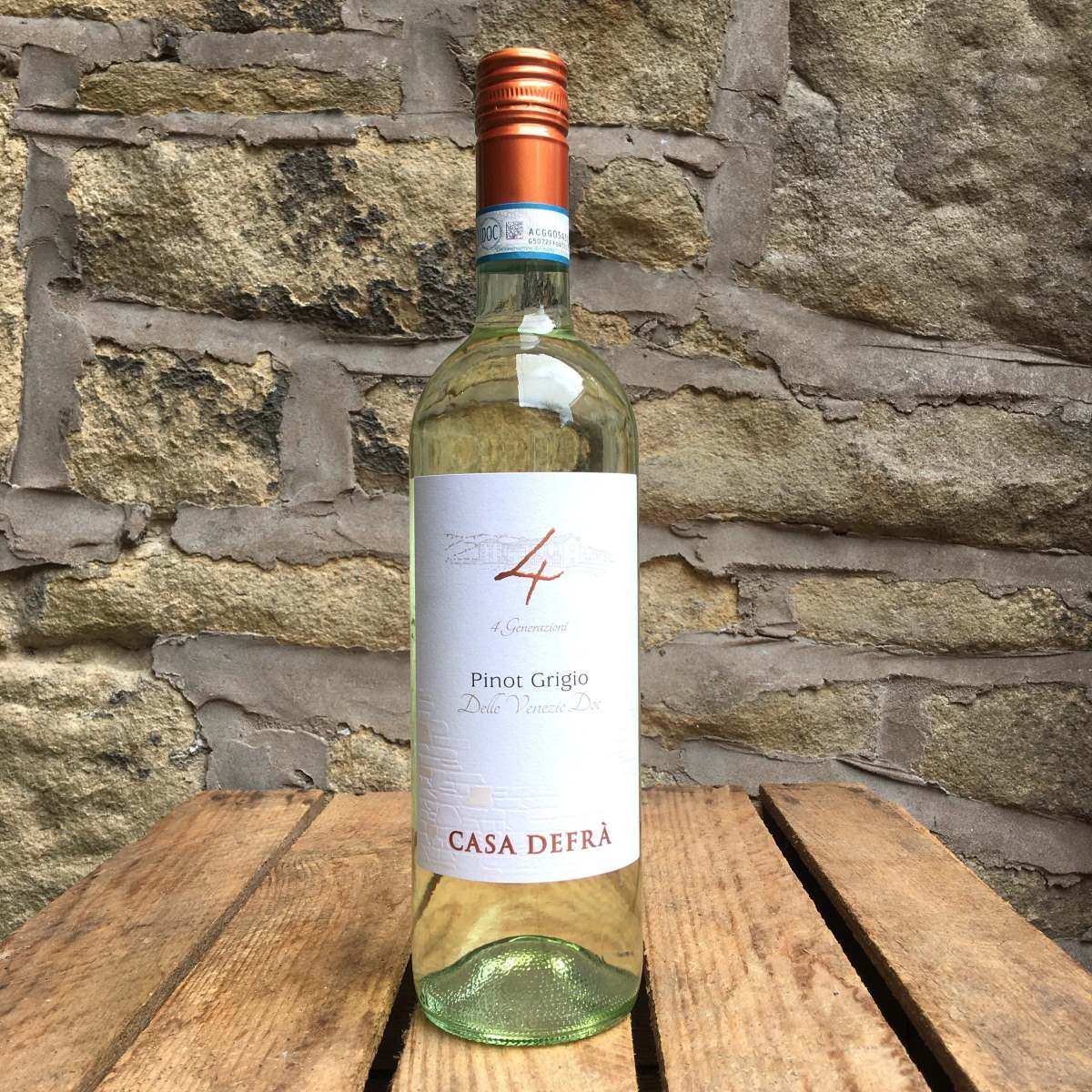





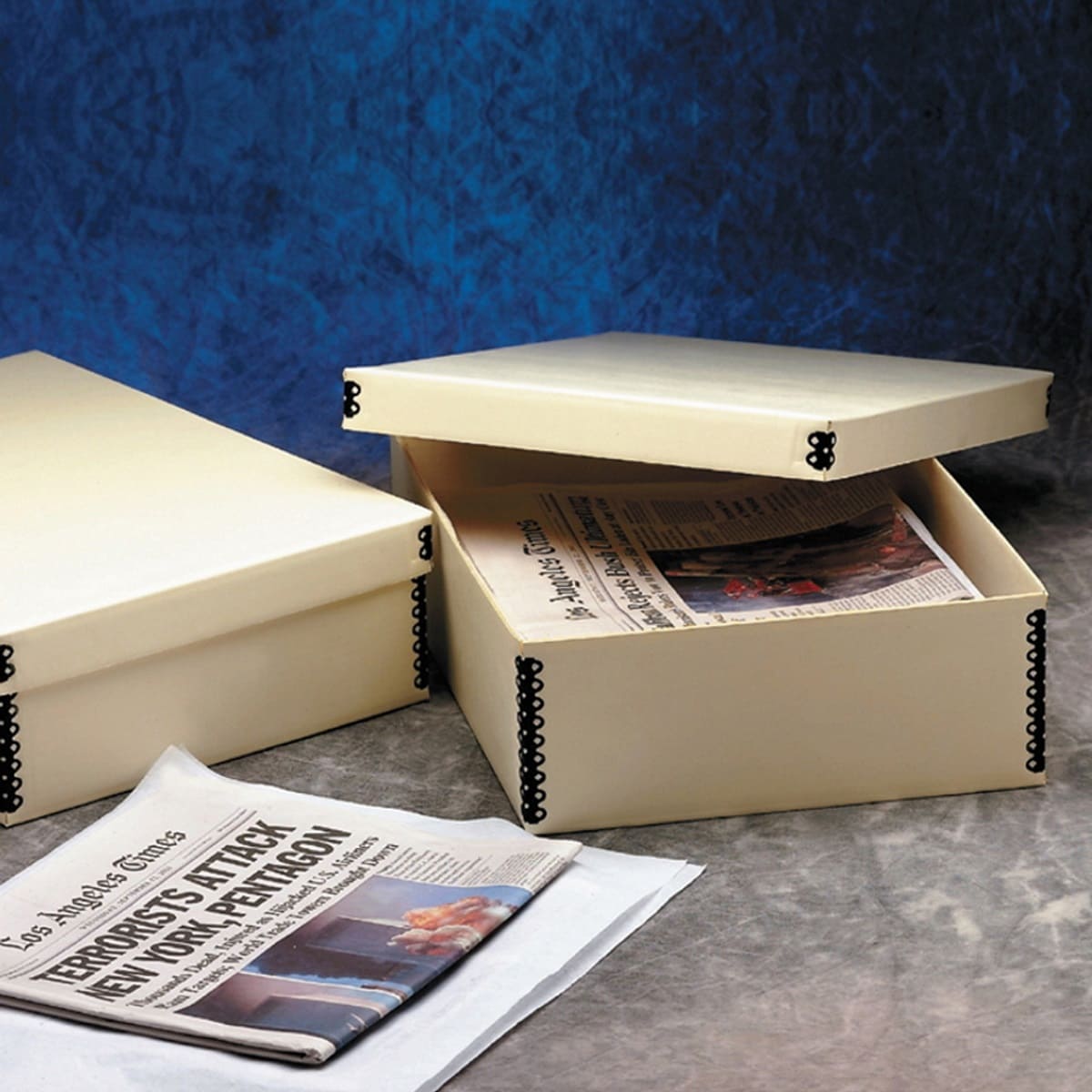
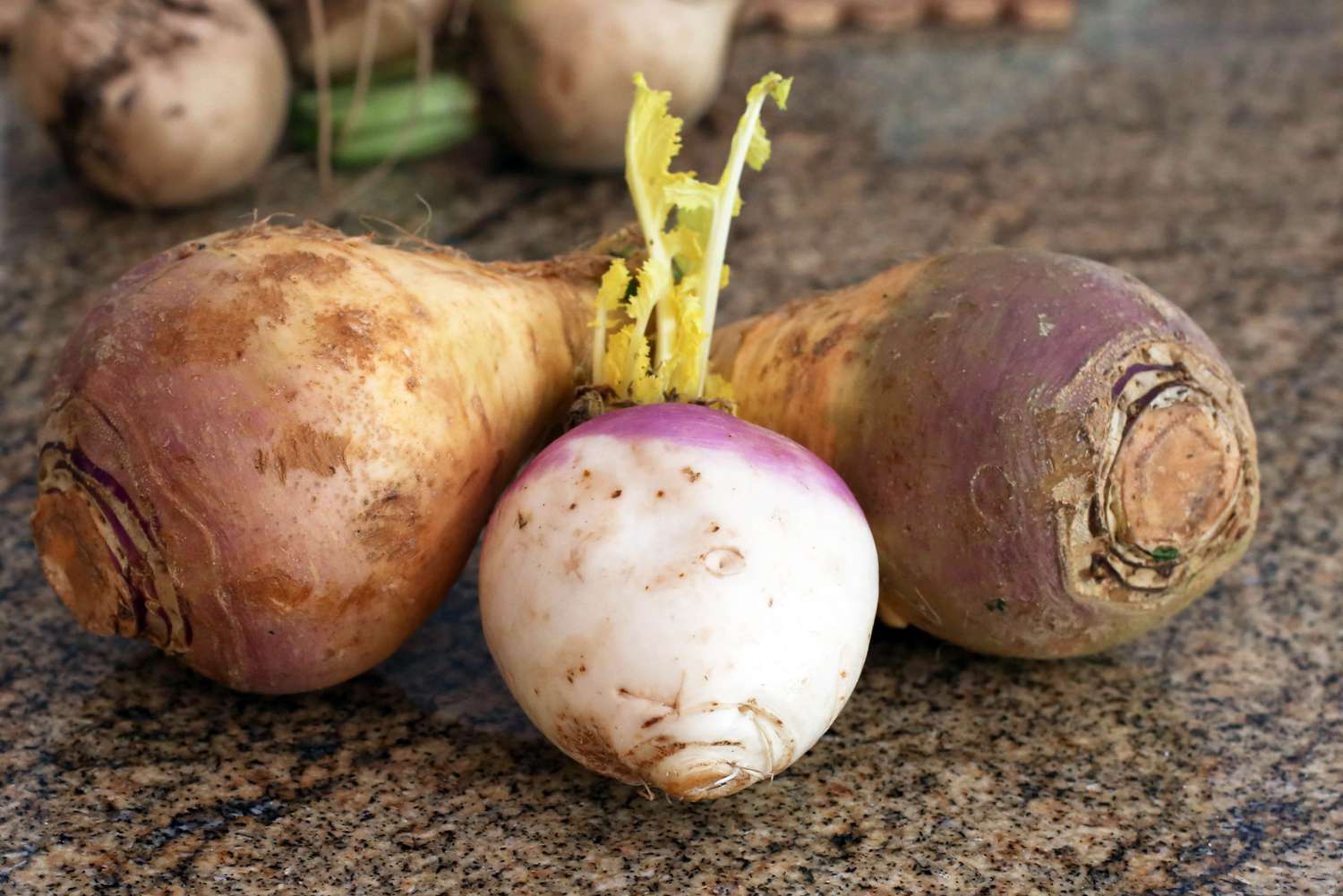
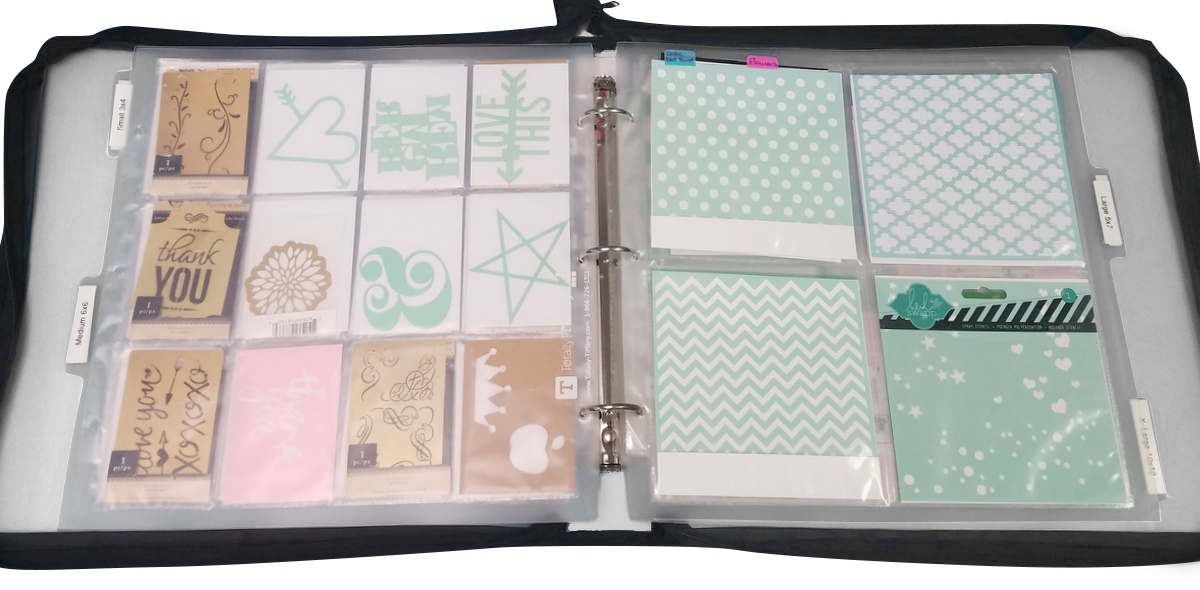
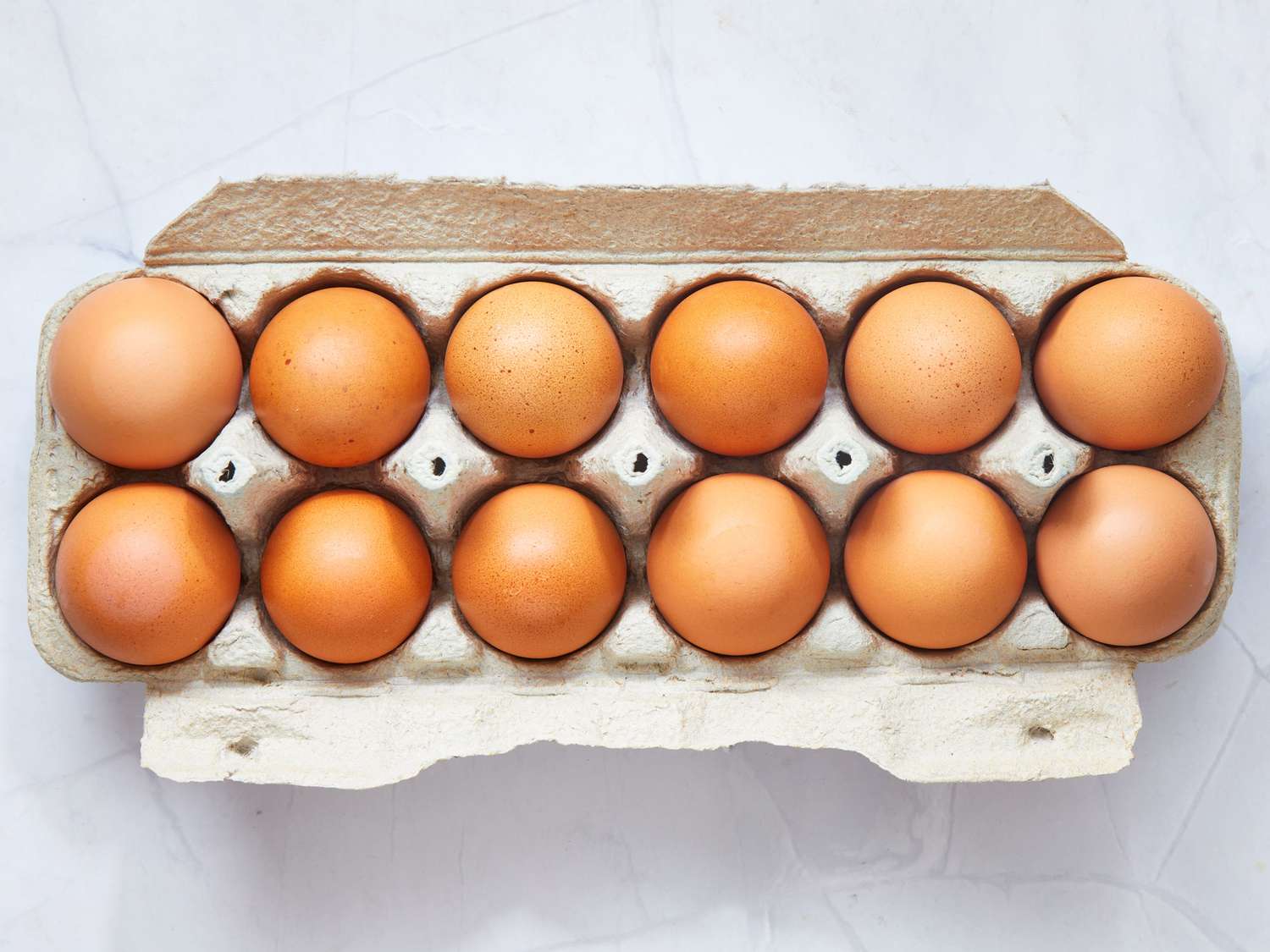
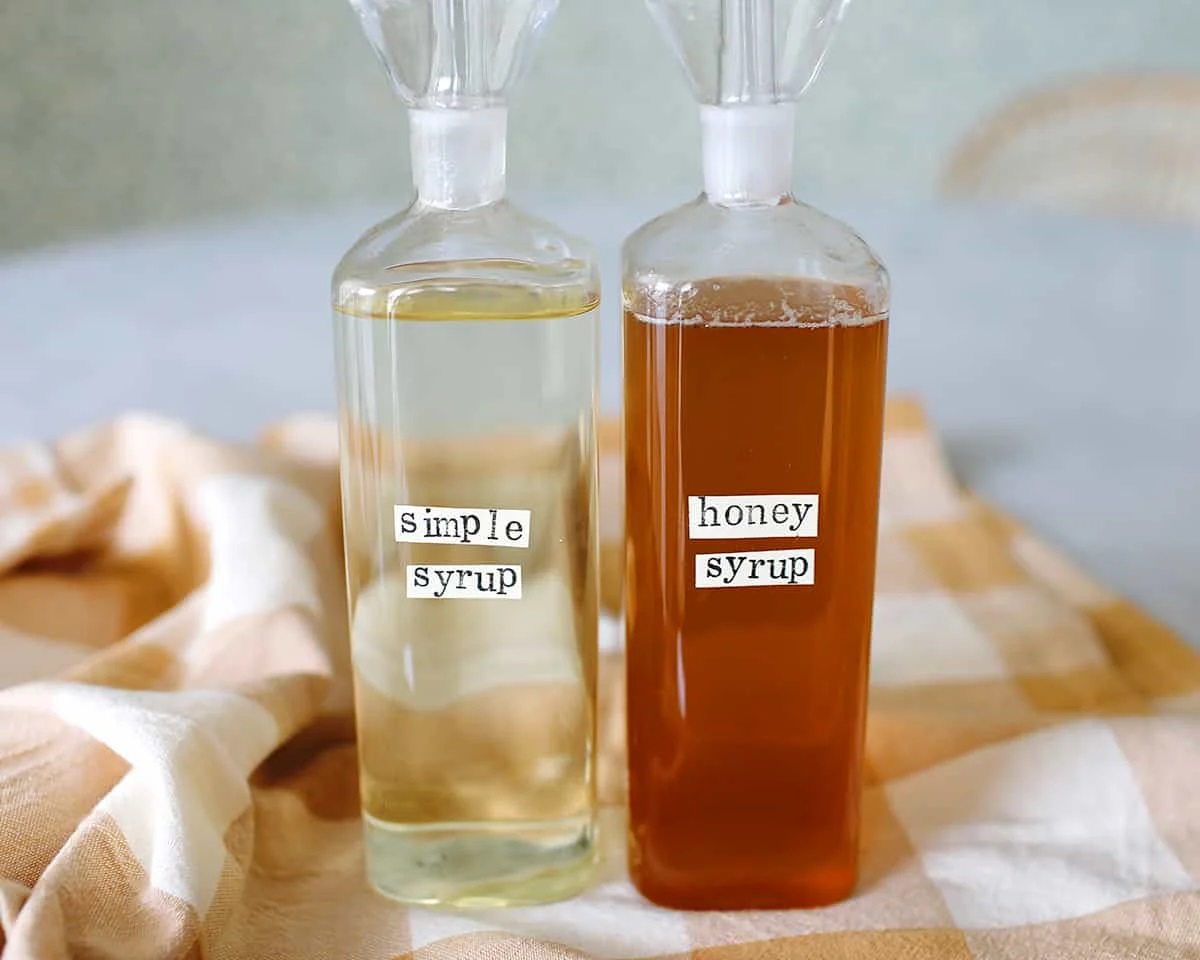
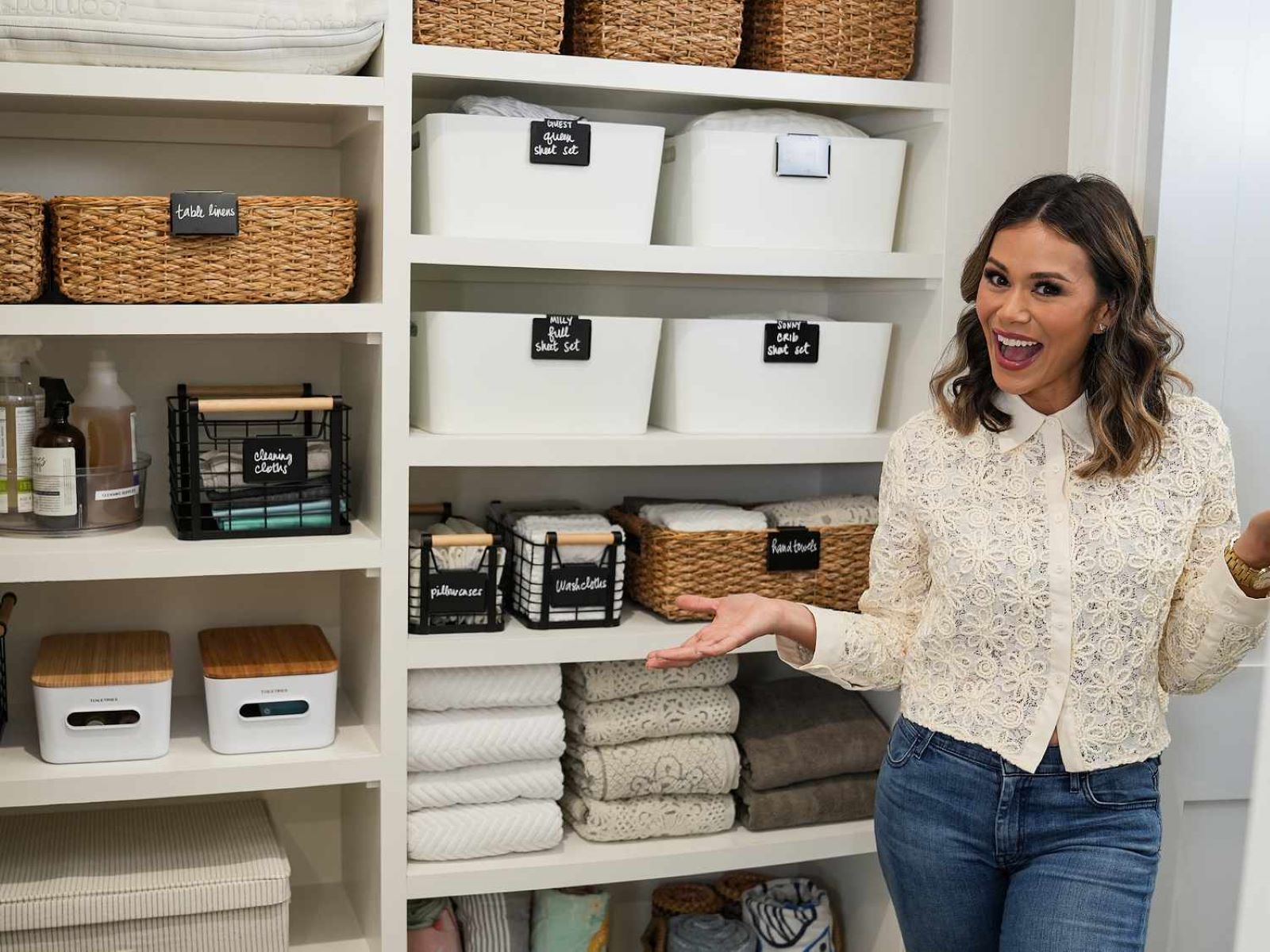


0 thoughts on “How To Store Pinot Noir”